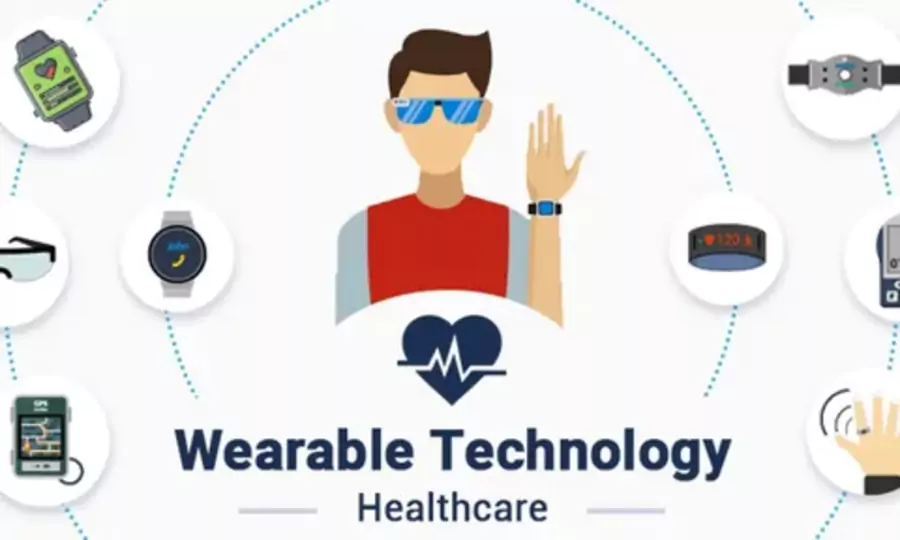Wearable technology in healthcare has revolutionized patient care, offering real-time monitoring, personalized treatment, and improved accessibility. Yet, behind the innovation lies a set of challenges that cannot be ignored. While these devices promise convenience and efficiency, healthcare professionals and consumers must understand the potential drawbacks before fully embracing this digital shift.
In this guide, we explore the key disadvantages of wearable technology in healthcare and highlight critical considerations for responsible and balanced adoption.
1. Limited Clinical Evidence
Despite the widespread use of wearables in fitness and wellness tracking, there’s still a lack of solid clinical evidence proving their effectiveness in medical settings. Many devices have not undergone extensive trials or validation. This lack of scientific rigor makes it difficult for healthcare providers to confidently rely on wearable data for managing chronic conditions or making treatment decisions.
2. Integration and Interoperability Issues
One of the biggest challenges is the lack of seamless integration between wearable devices and existing healthcare systems. Most wearables operate within closed ecosystems that don’t easily communicate with electronic health records (EHRs) or other clinical platforms. This fragmentation can delay diagnosis, hinder care coordination, and require additional investments in data integration solutions.
3. Information Overload for Clinicians and Patients
Wearables generate a continuous flow of health data—from heart rate to sleep patterns and beyond. While this information is valuable, it can become overwhelming. Healthcare providers may struggle to identify meaningful trends within excessive data streams, increasing the risk of missed warnings or misinterpretation. For patients, constant monitoring can lead to stress or confusion without clear guidance.
4. Complex Regulatory and Compliance Demands
The rapid advancement of wearable healthcare technology has outpaced current regulatory frameworks. Healthcare organizations must navigate evolving standards from regulatory bodies such as the FDA and maintain strict compliance with data protection laws like HIPAA. Non-compliance can result in legal consequences, data breaches, and loss of public trust.
5. Psychological and Social Impacts
While wearables can empower users, they can also trigger anxiety or obsessive behaviors—especially among individuals already concerned about their health. Constant self-tracking may lead to compulsive monitoring, body image issues, or stress related to data interpretation. Healthcare providers need to be mindful of these risks and offer guidance on healthy usage habits.
6. Data Security and Privacy Risks
Wearable devices collect and transmit sensitive health data, making them prime targets for cyberattacks. Inadequate security protocols can lead to unauthorized access, breaches, or exploitation of personal health information. Ensuring strong encryption, secure cloud storage, and clear user consent are essential to safeguarding patient privacy.
7. Risk of Over-Reliance and Reduced Self-Awareness
Heavy dependence on wearables can lead individuals to rely more on device feedback than their own instincts or experiences. This loss of autonomy may reduce patients’ confidence in managing their health independently. Over time, wearables can shift the mindset from active participation in one’s health to passive monitoring, which may hinder true empowerment.
Final Thoughts: A Balanced Approach to Wearable Healthcare
Wearable technology in healthcare has the power to reshape the future of medicine—but it’s not without its pitfalls. From clinical limitations to psychological side effects, understanding these disadvantages is key to responsible implementation.
Healthcare leaders must continue to prioritize research, establish regulatory frameworks, and promote ethical integration strategies. Patients, too, must be educated about the proper use of wearables and the importance of maintaining a balanced approach to health monitoring.
With careful planning and continued innovation, we can embrace the benefits of wearable technology while addressing its challenges—ensuring it becomes a true asset in improving care, not just a digital trend.





